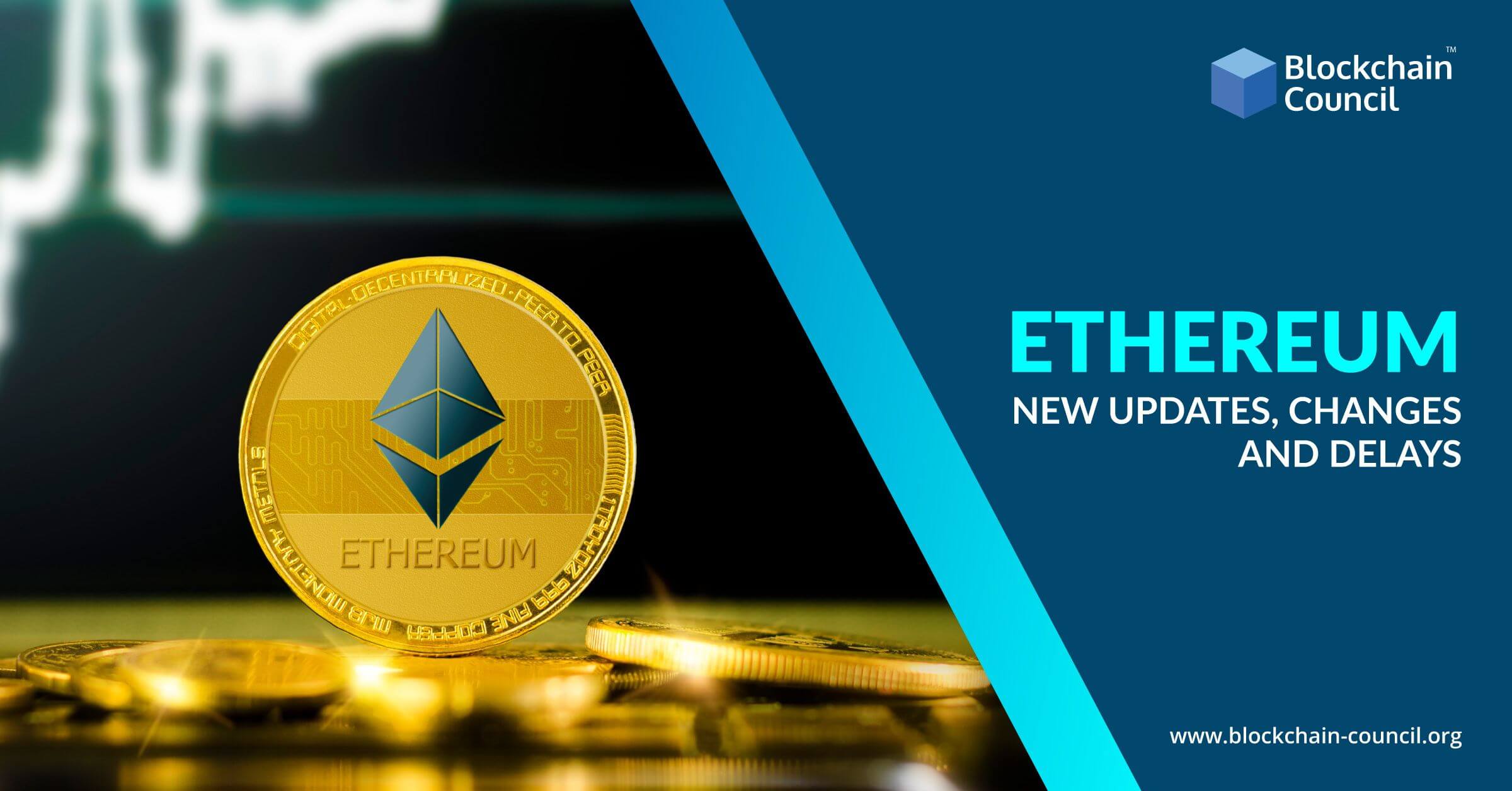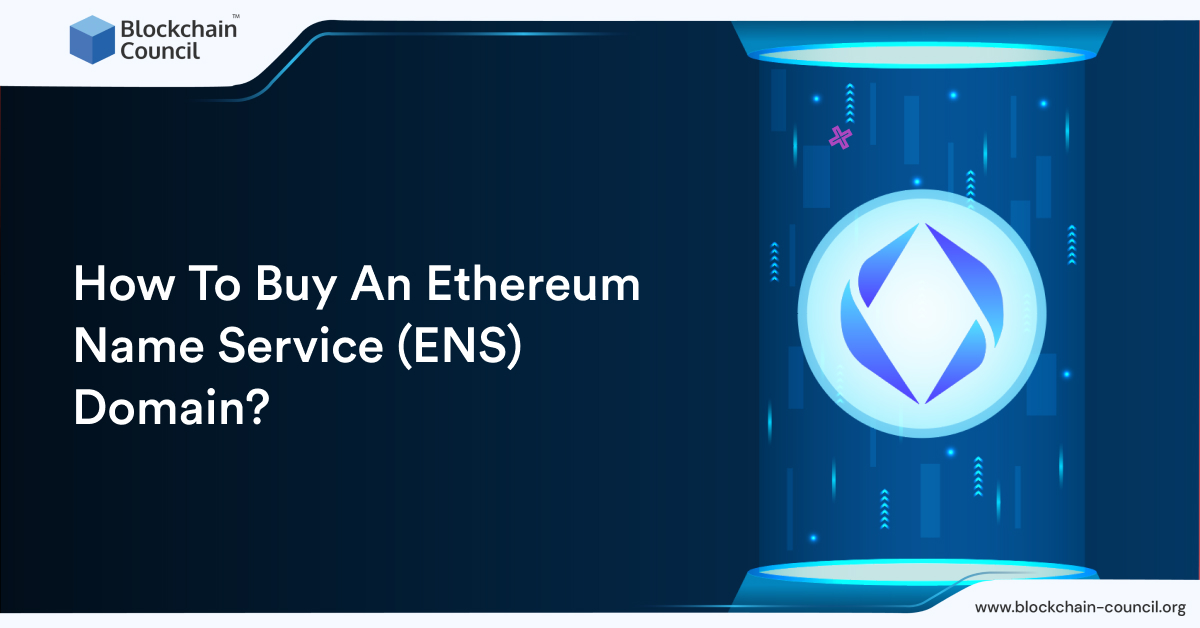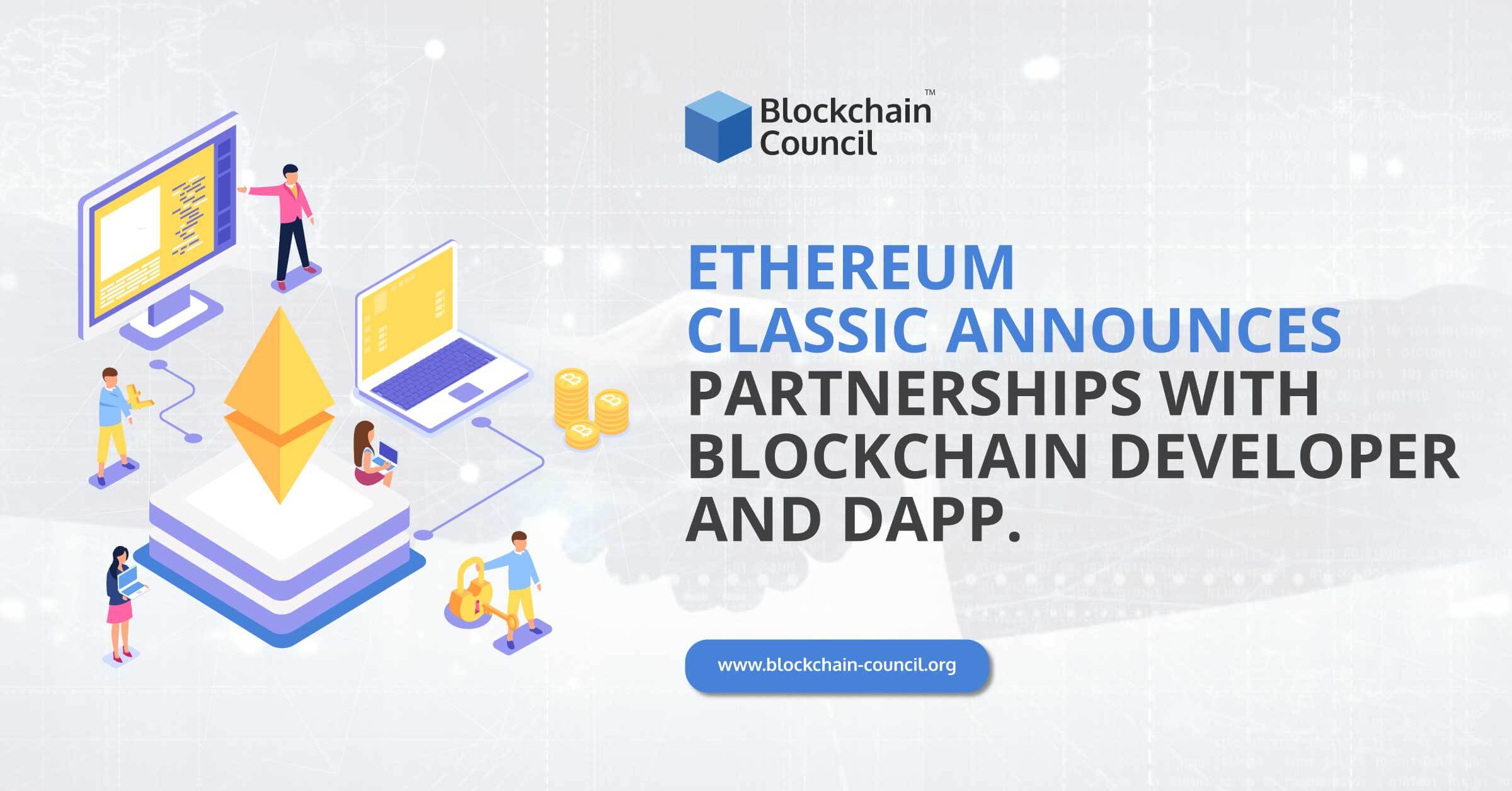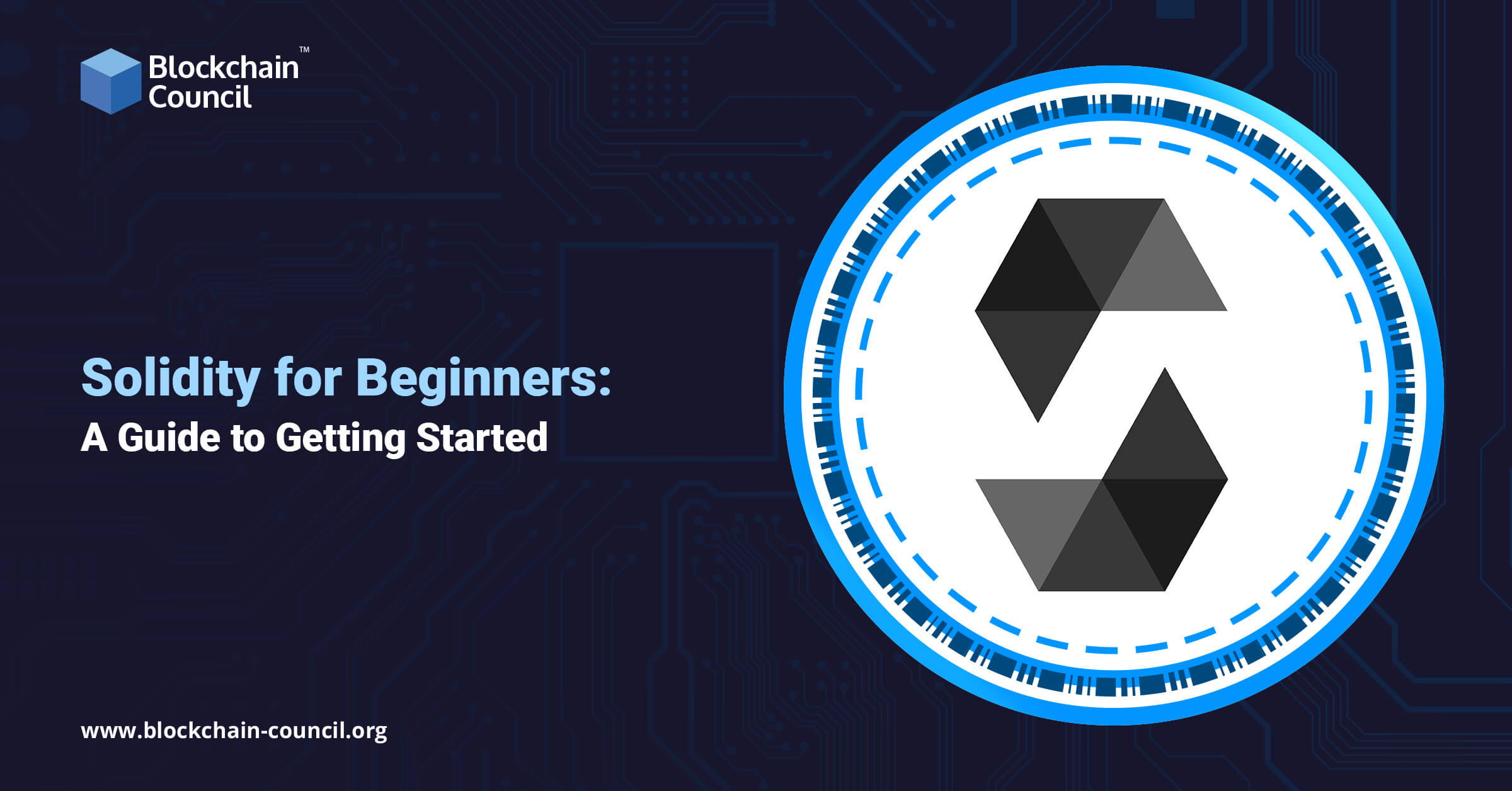
- Vikash Kumar Das
- September 17, 2020
Ethereum is always under the limelight, and therefore in this article, we will explore how the Ethereum community has gone through several changes and new updates since its public mainnet launch.
Table of Contents
- Ethereum- The King of Smart Contracts
- Deep Delve into Ethereum Phases
- Eth 2.0: The Next Big Thing
- Concluding Lines
Ethereum- The King of Smart Contracts
A massive crypto initiative was unveiled five years ago, forever transforming the crypto- and blockchain space world. Vitalik Buterin presented his White Paper in 2013, and since then, the market for Ethereum Experts has been gradually growing. In comparison, Ethereum is one of the most popular smart contract cryptocurrencies providing several advantages over others.
Since its public mainnet launch in July 2015, Ethereum Blockchain is considered to be a foundation for our digital future, which is open and accessible to everyone globally.
Rather than running on a single computer, Ethereum Blockchain is an open software platform that allows Blockchain Developers and Smart Contract Developers to build decentralized applications (dApps) with global accessibility.
Since its 2015 opening day in July, Ethereum has gone through several updates, changes and faced multiple delays.
Deep Delve into Ethereum Phases
Throughout the years, anyone who has followed Ethereum knows the past broken promises, missing deadlines, and spotty communications about future plans, which led to the critics classifying Ethereum Blockchain as a ‘Failed Experiment.’ Along with functional issues, Ethereum also suffers from technical glitches such as slow transaction speed, unscalable nature, and high decentralization cost.
Switch from Frontier to Homestead
Ethereum announced the official release date of the first ‘Frontier’ version in July 2015 and provided a specific ‘how-to’ guide for setting up mining clients, explaining few confusions about the release process. Its first version, Frontier, attracted the attention of leading financial institutions and banks worldwide.
Homestead, in Feb. 29, 2016, is the second major version of the Ethereum platform. It is the first-ever production release of Ethereum Blockchain that included various protocol changes and a networking change that provided the ability to do future network upgrades.
Switch from Homestead to Metropolis(Part 1 & 2)
After Homestead’s release, Metropolis Byzantium was introduced in October 2017, Metropolis Constantinople in February 2019, and Istanbul in December 2019.
Metropolis, a hard fork, was expected to hit the network in the latter days of September in 2017. The new hard fork claimed to offer significant upgrades. It was reported that increasing anonymity would come with new Zero-knowledge proofs. Secondly, it aimed to make programming and smart contracts easier with new upgrades. This version of Ethereum introduced masking for security enthusiasts that increase the network’s security, even against quantum computer hacking.
Constantinople arrived on February 28, 2019, was the second part of the Metropolis update that aimed to improve performance and set a timeline for Serenity. Constantinople’s upgrades focus on improving performance aimed at scaling the Ethereum ecosystem. They also lay the groundwork for future transformations in Serenity that will bring the concept of PoS and sharding.
Eth 2.0: The Next Big Thing
ETH 2.0, also known as Serenity, is the latest upgrade in the Ethereum ecosystem to improve the performance and functionality of Ethereum. It has launched its testing phase in august 2020 and hopefully in the next two or three years, all its phases will be live, depending on the results of previous phases. Previously, Ethereum’s architecture was maintained by a Proof-of-Work consensus, and now with its latest upgrade, it has plans to switch to a Proof-of-Stake consensus mechanism. Let’s describe briefly what PoS is and how it differs from PoW.
Miners do all the work in a PoW algorithm and provide the network with protection in return for block reward and transaction fees. On the other hand, there are no miners in PoS, but rather fresh ether is minted, and transactions are handled by validators picked algorithmically.
By locking up their ethers, they provide protection to the network. When a validator misbehaves, it slashes his ethers. This offers the validators the chance to obey the protocol rules.
This upgrade mainly consists of 4 phases:
- Phase 0, i.e., Beacon Chain, where Blockchain Developers will introduce PoS to the network.
- Phase 1 will introduce the new shard chain, i.e., shard 64. It will also connect the old chain with the new one. A part of the merging of ETH 1 & ETH 2 will happen in this phase.
- Phase 2 will introduce the new virtual machine of ethereum, i.e., eWASM, which is the Ethereum Web Assembly. This phase will also introduce new sets of standards for the development of smart contracts & DApps.
- There is not much information about phase 3, but it’s expected that all the further improvements will take place in this phase.
Concluding Lines
In the long run, ETH2.0 has a grand idea, and if its full version is successfully incorporated, its performance will be improved significantly, and it will gain a massive advantage in the blockchain competition and inject new spirit into the DeFi space. We can even expect some national-level projects to move to the Ethereum ecosystem.
To get instant updates about Blockchain Technology and to learn more about online Blockchain Certifications, check out Blockchain Council.





































































 Guides
Guides News
News Blockchain
Blockchain Cryptocurrency
& Digital Assets
Cryptocurrency
& Digital Assets Web3
Web3 Metaverse & NFTs
Metaverse & NFTs
